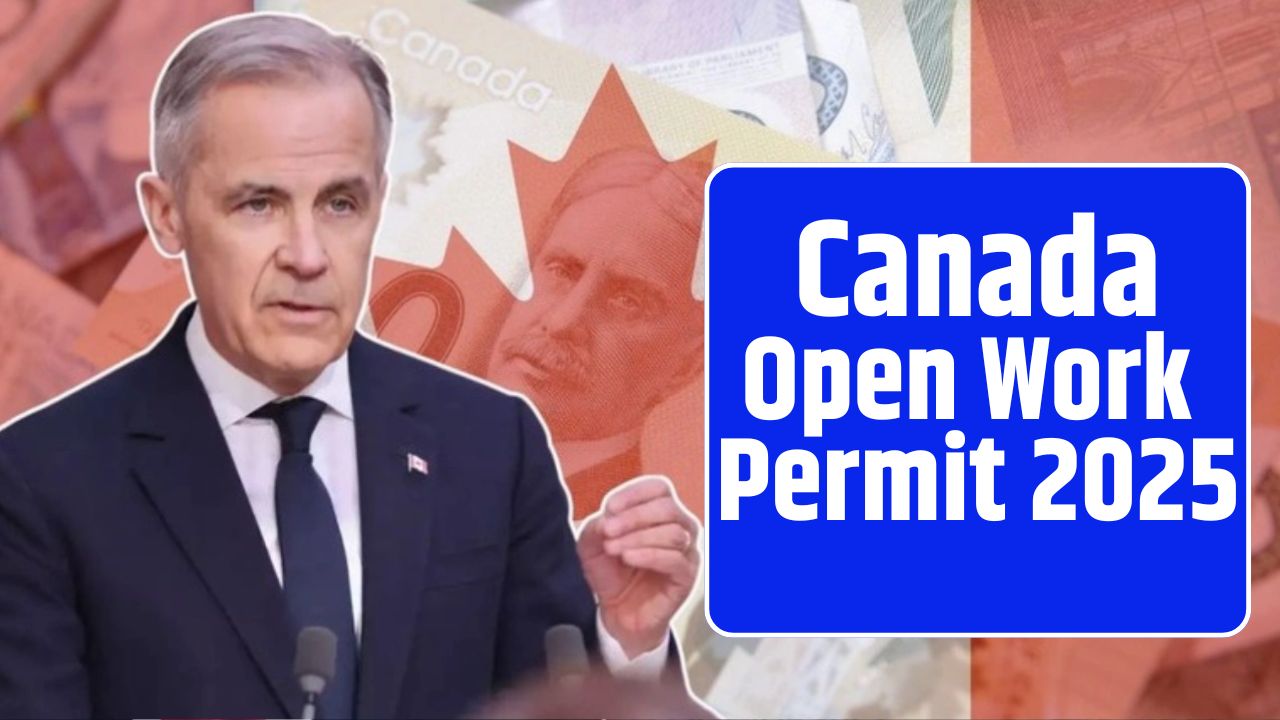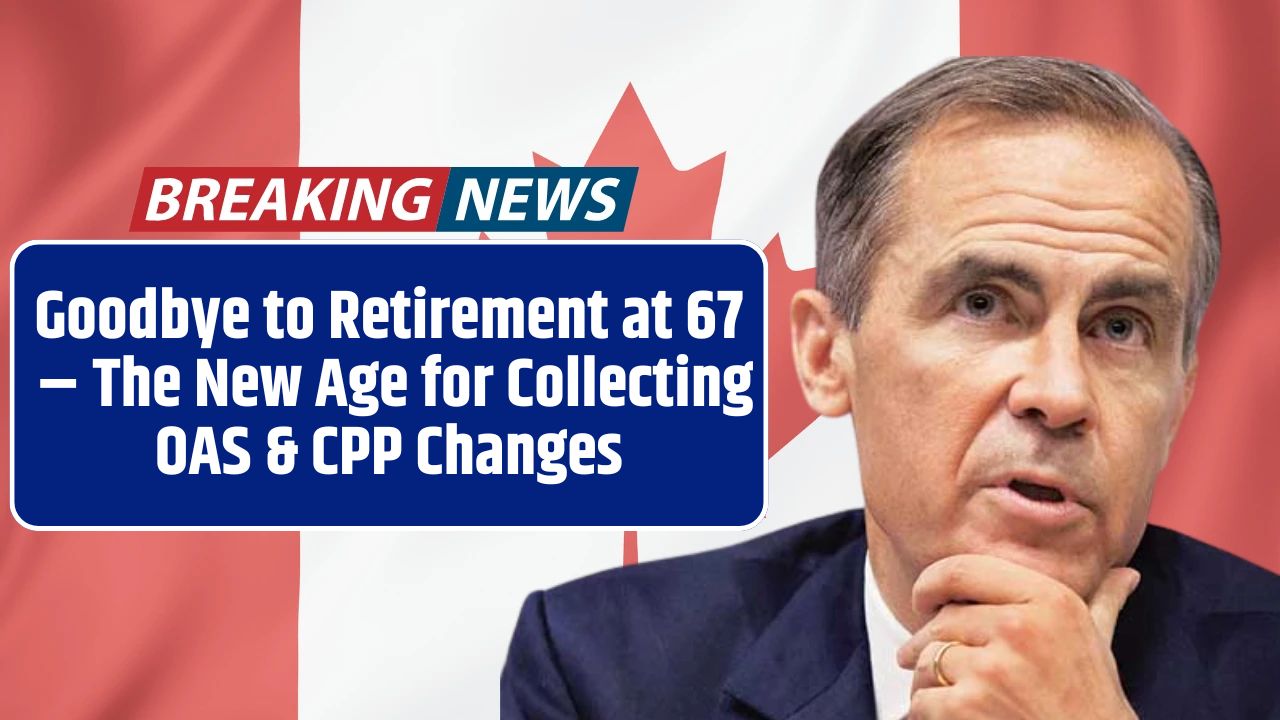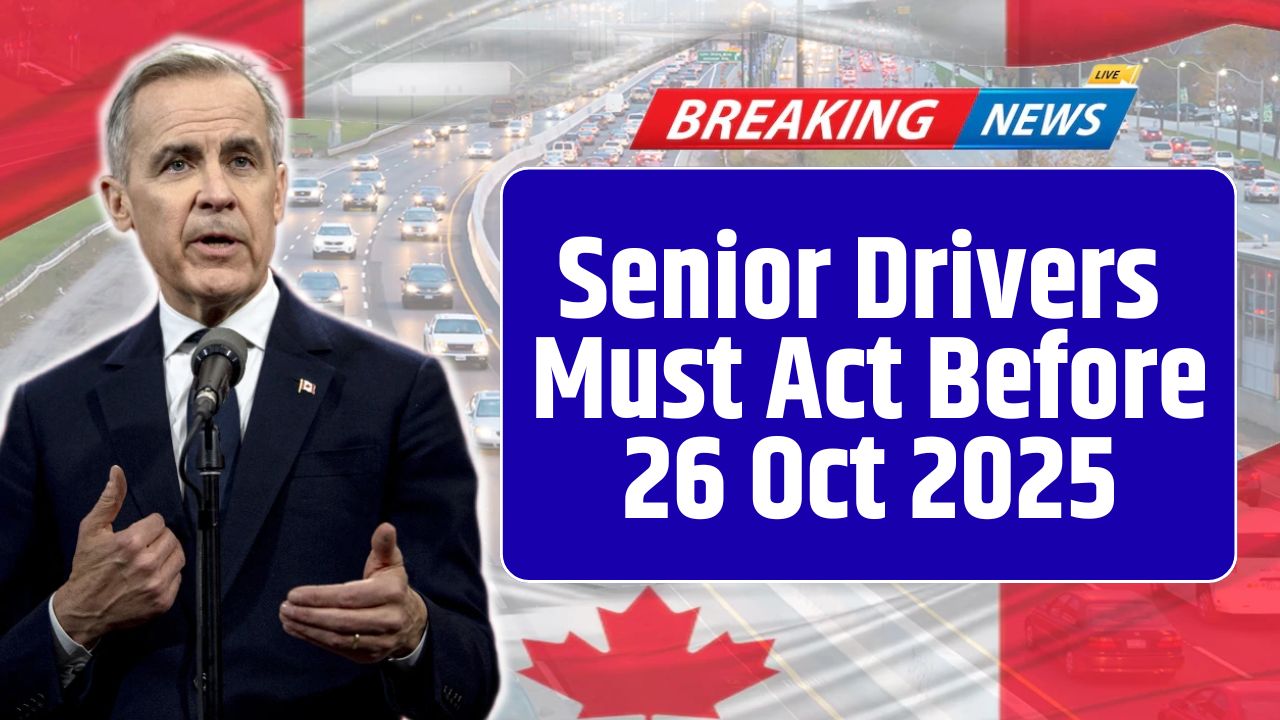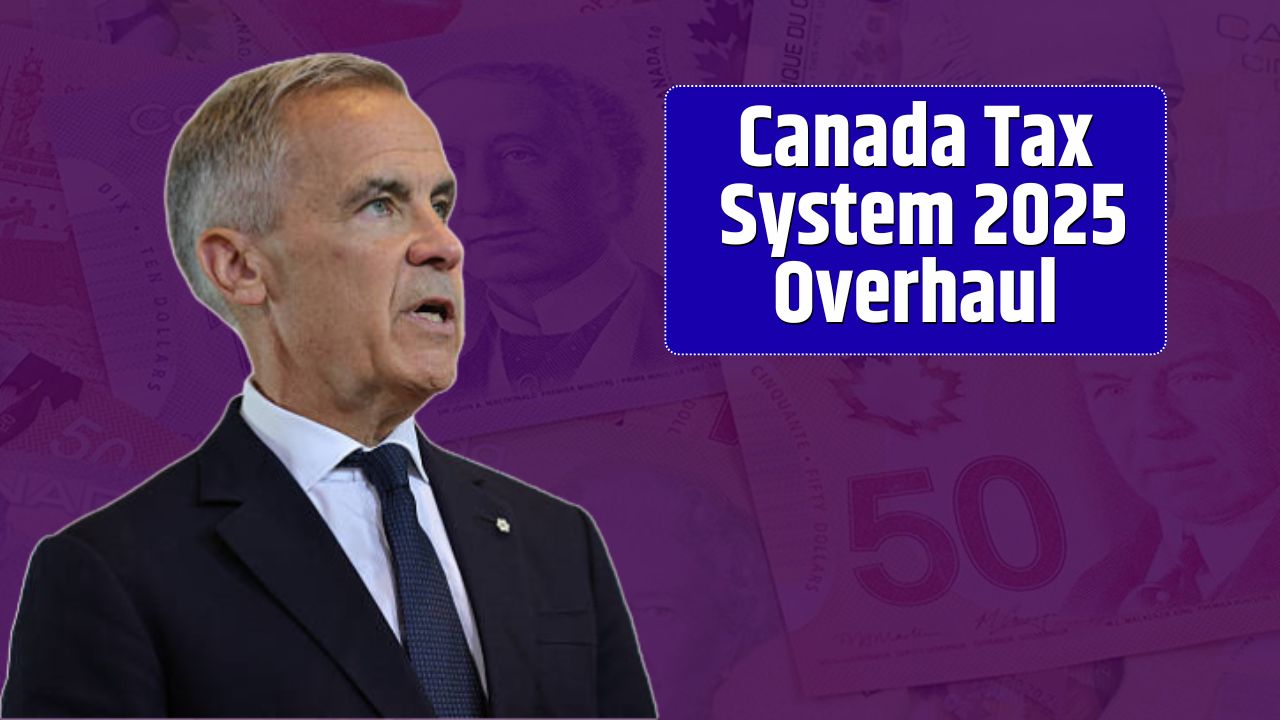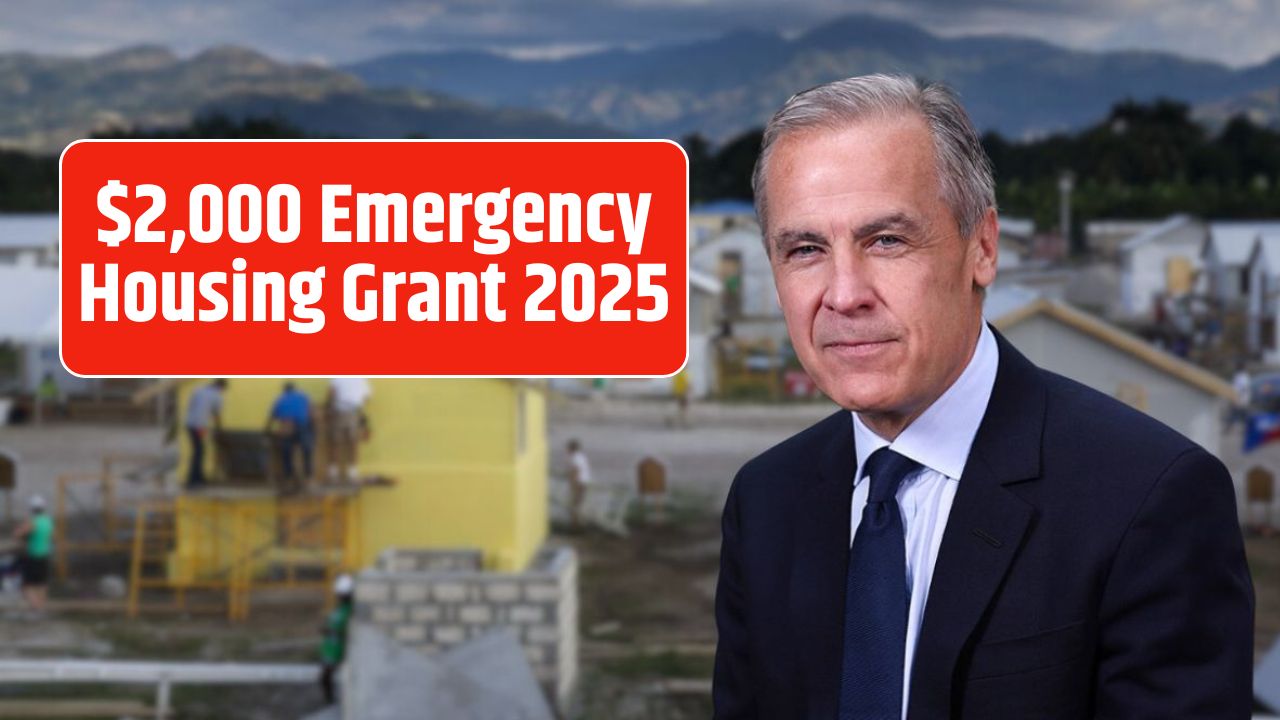Canada’s Open Work Permit (OWP) remains one of the country’s most flexible and attractive pathways for foreign nationals looking to build a life and career in Canada. Unlike employer-specific work permits, the OWP gives you the freedom to work for almost any employer, in any province, without the need for a Labour Market Impact Assessment (LMIA).
For 2025, Immigration, Refugees and Citizenship Canada (IRCC) has introduced new updates and streamlined rules to make the process faster, fairer, and more transparent—especially for skilled workers, international students, and family dependents already living in Canada.
What Makes the 2025 Canada Open Work Permit Different
The Canada Open Work Permit 2025 is designed to attract globally recognized professionals and qualified individuals to fill skill gaps across Canada’s economy. It’s not just about job access—it’s part of a national strategy to strengthen Canada’s labor market and promote family unity for those already contributing to the Canadian economy.
Under the OWP program, the spouses and dependents of international students or temporary foreign workers can live and work in Canada freely. This means a family doesn’t have to be separated while one member studies or works under a closed permit. Everyone can contribute economically and socially—a key aspect of Canada’s inclusive immigration policy.
| Program Details (2025) | Information |
|---|---|
| Authority | Government of Canada / IRCC |
| Permit Type | Open Work Permit (OWP) |
| Beneficiaries | Skilled workers, graduates, spouses, dependents |
| Processing Fee | CAD 155 + CAD 100 OWP Holder Fee |
| Application Mode | Online |
| Average Processing Time | 6–10 weeks |
| Official Website | www.canada.ca |
Why Canada Uses the OWP System
Two central goals define the OWP framework:
- Economic Growth – To help Canadian industries access talent quickly without burdensome paperwork. The OWP gives employers the freedom to hire qualified workers directly, without an LMIA, reducing delays.
- Family Cohesion – To keep families together while enabling dependents and spouses to contribute financially. This inclusive approach boosts Canada’s productivity while supporting immigrant well-being.
In essence, it’s a “work anywhere, grow anywhere” system — one that has helped thousands transition successfully to Permanent Residency (PR) via Express Entry, the Provincial Nominee Program (PNP), and the Post-Graduation Work Permit (PGWP) pathway.
Benefits of the Open Work Permit
- No job offer required – Work for any employer in Canada (with few exceptions like ineligible companies or security-related roles).
- No LMIA needed – Avoids long employer paperwork and processing delays.
- Pathway to PR – Canadian work experience gained under OWP counts toward PR eligibility.
- Family integration – Spouses and dependents can work and study freely.
- Flexibility – You can switch jobs or employers without reapplying for a new work permit.
Who Qualifies for the OWP in 2025
To be eligible for an Open Work Permit, applicants must meet at least one of the following conditions:
- Spouse or dependent of a temporary foreign worker or international student in Canada.
- Graduate from a Canadian Designated Learning Institution (eligible for a Post-Graduation Work Permit).
- Holder of a temporary resident permit or already living legally in Canada.
- Participant in specific public policy programs, such as refugee claimants, bridging open work permit holders, or permanent residence applicants under processing.
- Legally admissible to Canada, with no criminal or immigration violations.
Other general requirements include:
- Valid passport with sufficient validity.
- Proof of funds to support living costs.
- Clean police record and completed medical exam (if required).
Required Documents
| Document Type | Purpose |
|---|---|
| Valid passport | Proof of identity and travel eligibility |
| Digital photo | Identity confirmation |
| Relationship proof | Marriage or birth certificates (for dependents/spouses) |
| Police clearance | Background check |
| Medical exam (if required) | Health clearance |
| Proof of studies or work permit of spouse | Eligibility verification |
| Proof of financial support | Bank statements, job offer, or sponsorship |
| Fee receipt | Payment confirmation |
Fees and Payment
| Type of Fee | Amount (CAD) |
|---|---|
| Work Permit Processing Fee | 155 |
| Open Work Permit Holder Fee | 100 |
| Biometrics Fee (if applicable) | 85 |
Fees are paid online through the IRCC payment portal. Keep your digital receipt—it must be uploaded during submission.
Application Process – Step by Step
- Visit the IRCC portal: Go to www.canada.ca.
- Create or sign in to your IRCC account.
- Select “Apply for a Work Permit.” Choose “Open Work Permit.”
- Complete the online form carefully; errors may delay processing.
- Upload all required documents. Make sure formats (PDF, JPG) meet IRCC specifications.
- Pay applicable fees securely online.
- Submit your application and record your confirmation number.
Checking Your Application Status
Once submitted, applicants can track progress directly through their IRCC account:
- Log in and click “View My Applications.”
- Enter your reference number.
- You’ll see real-time updates and receive IRCC messages within your account inbox.
Average processing times currently range from 6 to 10 weeks, depending on applicant volume and nationality.
2025 Updates – What’s New
The Government of Canada has rolled out new measures in 2025 to enhance transparency and speed:
- Priority processing for spouses and dependents of international students and skilled workers.
- Simplified document verification for applicants renewing or transitioning from closed permits.
- AI-assisted screening tools at IRCC to reduce wait times.
- Expanded eligibility for skilled trades and essential service sectors under the OWP category.
This modernization drive reflects Ottawa’s goal of making the immigration system more efficient while ensuring fairness and family unity.
Why the OWP Is a Gateway to Permanent Residency
The Canadian Open Work Permit is more than a temporary job ticket — it’s a career-building bridge. Once you gain work experience under the OWP, you may qualify for:
- Express Entry programs (Canadian Experience Class).
- Provincial Nominee Programs (PNP).
- Family sponsorship routes (if your spouse becomes a permanent resident).
That’s why so many newcomers see it as a strategic step toward long-term settlement.
FAQs:
What is the processing time for the Open Work Permit 2025?
Between 6 and 10 weeks on average, depending on your country of residence.
Can I apply for PR after holding an OWP?
Yes. Canadian work experience gained through an OWP counts toward permanent residency programs like Express Entry.
Is an LMIA required for the OWP?
No. That’s one of the main advantages—it’s LMIA-exempt.
